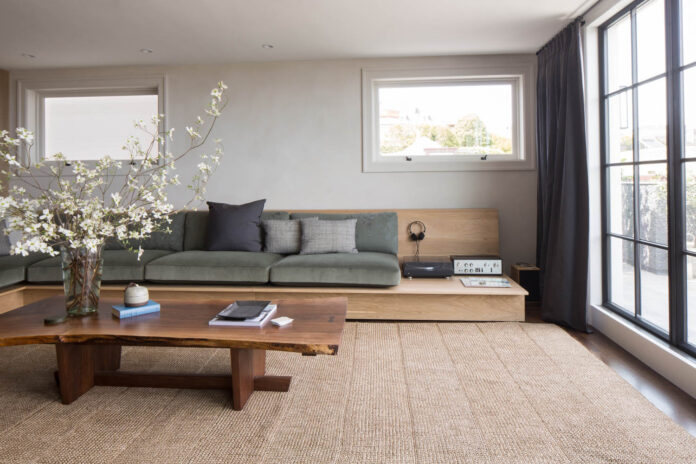When choosing upholstery fabric, there are many benefits to velvet. Natural fibers are non-allergenic, and velvet is extremely durable. Unlike other upholstery fabrics, velvet is not susceptible to marking, crushing, or fading. Another advantage of velvet is its ease of cleaning. The pros and cons of this type of fabric are discussed below. Continue reading to learn more about the pros and cons of velvet. And don’t forget to shop around for the best price!
Natural fibers are non-allergenic
Upholstery fabrics are made of two different kinds of fibers: synthetic and natural. Synthetic fabrics are manufactured from man-made components such as petrochemicals. Both types of fibres do not cause allergic reactions and do not promote the spread of allergens. Natural fibers come from plant sources, such as cotton or linen. Listed below are some examples of natural fibers used in upholstery fabrics.
Also Read: Enhance beauty of your home
Microfibre: Generally, this type of fiber is used in upholstery fabrics to inhibit the growth of indoor allergens. Its ultra-fine structure makes it unlikely to cause allergic reactions. Microfibre fabrics are lightweight, and typically weigh 0.9 deniers or less. They also have compression properties. Bamboo viscose: This type of fibre is hypoallergenic and mycobacterial. Because it’s soft, it’s also perfect for people with sensitive skin.
Natural fibers are durable
Among the many natural fibers found in upholstery fabrics, wool is one of the most durable. This fiber comes from animals, usually sheep. Sheep’s wool is harvested and spun into long strands. These fibers are then woven together to make fabric. Wool upholstery fabric can be used as both clothing and interior furnishings. However, it can be difficult to maintain the original appearance after repeated use. That’s why manufacturers often blend different types of fibers together to achieve a uniform color and texture for their fabrics.
Aside from cotton, another natural fiber used for upholstery is linen. Linen is a soft, supple material made from flax. It does not pile easily, but it has a distinctive texture that makes it appealing to touch. It is also stain and dirt-resistant, making it an excellent choice for areas with heavy traffic or pet hair. However, linen upholstery is not the best choice for everyday use, as it is more susceptible to wrinkles and stains.
Synthetic velvet is less susceptible to marking, fading or crushing
Although the appearance of velvet is similar to a piece of traditional fabric, it does not have the same high level of luster as silk. The physical structure of velvet can be created from a variety of fibers, including cotton, rayon, and silk. Although natural silk fibres are preferred, velvet can also be created from synthetic fibers such as polyester, nylon, and viscose. Synthetic velvet tends to resist fading and marking better than natural velvet.
Because velvet is such a high-quality material, it is often expensive. However, synthetic velvet is less likely to show fading, marking, or crushing. A good option for those on a budget is polyester. Its price is mid-range between silk velvet and rayon velvet. The material is less prone to wrinkling and is slightly stiffer than silk velvet. Polyester velvet is less prone to heat than silk velvet, and is not as elegant. Some brands sell stretch velvet with Lycra content. Stretch velvet is used for modern evening gowns and fancy tops.
It’s easy to clean
Cleaning velvet is easier than you might think. You don’t need any special equipment or solutions. In most situations, soap and water will do. Lemon juice or baking soda are suitable for people who live a chemical-free lifestyle. Professional upholstery cleaners, on the other hand, will use heavy-duty cleaning products that are safe for velvet and other fabric types. Use them only after you’ve tested the results on the fabric. If you spill food or beverage on your velvet sofa, you can quickly clean it. If it’s not a big mess, you can blot the area with a soft cloth dipped in warm soapy water. You should apply the cleaning solvent in a circular motion to help extract the stain. Once the stain has been removed, let it air-dry. You can also use a hair dryer to speed up the drying process.

